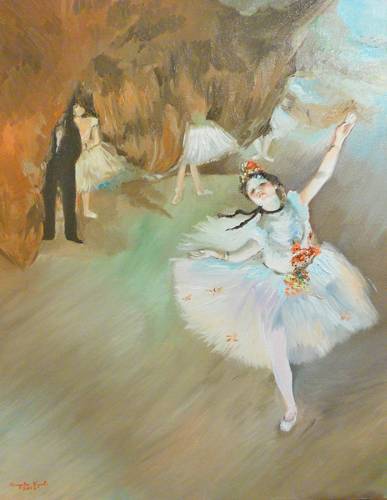Dance and mathematics are intrinsically linked, with dance movements adapting to the rhythm of music. Judith Rivas, an expert in the field, explained how various ballet steps such as “half folds, half flexion, or half point, half point” and the Round leg influence dance choreography. All forms of dance have mathematical elements in their music, steps, and structure.
During a conference titled “Dance Step to the Rhythm of Mathematics,” organized by the Institute of Mathematics at UNAM, Rivas discussed how beats in music are measured in fractions denoted by m/n. This musical structure influences dancers’ movements as they adapt to the rhythm of different dance styles. In folk dances like those in Mexico, specific steps have numerical names such as eight vices, seven sins, and dance of the three powers. Dance choreographers use geometric shapes such as circles in conchero dances or rectangles in the Dance of bows to replicate these movements.
Rudolf Laban and Merce Cunningham are notable figures who incorporated mathematical elements into their choreography. Laban devised a notation system for dance using geometric figures while Cunningham used chance choreography to incorporate randomness into his compositions. Digital choreographers like Web3D Dance and Chaographer continue to explore mathematical concepts in creating innovative forms of expression through dance.
In conclusion, mathematics plays an essential role in shaping the world we live in, from science and technology to art and culture. The fusion of mathematics and dance pushes boundaries and creates new forms of expression that challenge our perception of reality.


